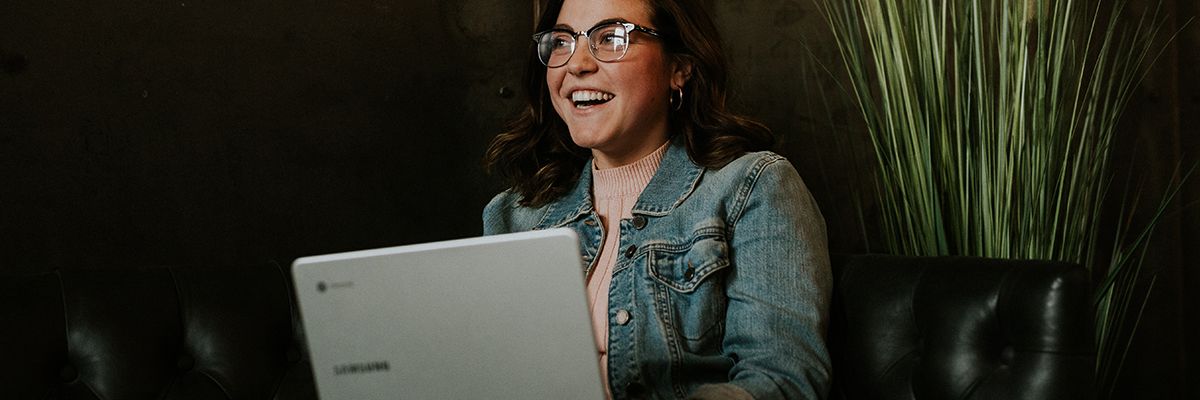Now comes the fun part: choosing your design elements.
These are the visual aspects of your website that will bring your brand identity to life. This includes color, typography, images and layout.
The colors and fonts you choose should be consistent with your brand identity. If your brand is fun and playful, you might opt for bright colors and quirky fonts. If your brand is serious and professional, you might choose neutral colors and clean, modern fonts.
Images are another important design element. They can tell a story, evoke emotion and create a connection with your visitors.
If you're a service-based business, consider using high-quality photos of your team at work. If you're a product-based business, consider using high-quality product photos.
Layout is about how you arrange these design elements on each page. A well-planned layout can guide visitors through your website, making it easy for them to find what they're looking for.

